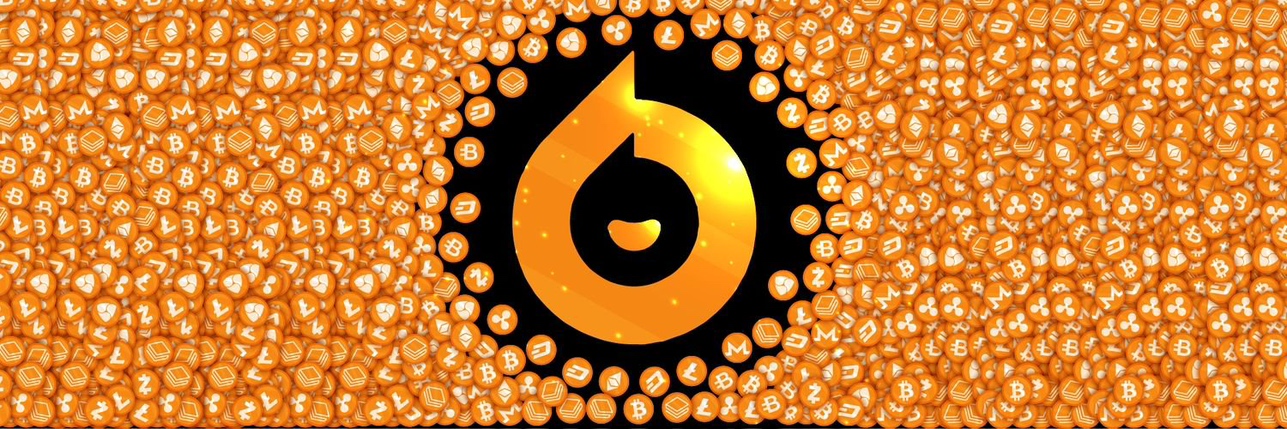


TRONbetLiveの価格LIVE
TRONbetLiveに投票しましょう!
TRONbetLive (LIVE)について
TRONbetLive(トロンベットライブ)は、 ブロックチェーン技術を活用した最も注目されている暗号通貨の一つです。TRONbetLiveは、TRONプラットフォーム上で運営される分散型カジノゲームプラットフォームです。 TRONbetLiveは、TRX(トロン)という暗号通貨を使用しています。TRXは、TRONブロックチェーン上でのトランザクションのために使用される通貨であり、高速かつ安全な取引を実現します。 TRONbetLiveでは、ユーザーはTRXを使用してさまざまなカジノゲームをプレイすることができます。スロットマシン、ポーカー、ブラックジャック、ルーレットなどの人気のあるカジノゲームが提供されています。また、TRONbetLiveでは、そのゲームの結果をランダムに生成するための分散型乱数ジェネレーターも使用しています。これにより、公正なゲームプレイが保証されます。 TRONbetLiveは、暗号通貨でのギャンブル体験をより楽しくするために、特別なボーナスや報酬プログラムも提供しています。また、TRONbetLiveは、スマートコントラクト技術を使用しているため、信頼性とセキュリティに優れています。 TRONbetLiveの主な利点の一つは、分散型プラットフォームであることです。これは、中央集権化されたカジノプラットフォームとは異なり、ユーザーが直接資金を管理し、プラットフォーム上での取引を行うことを意味します。これにより、ユーザーはより大きな透明性と自己責任を持つことができます。 TRONbetLiveは、暗号通貨カジノの分野で革新的なプロジェクトとして位置付けられています。その高速なトランザクション処理、セキュリティ、透明性、そして魅力的なゲーム体験により、多くのユーザーが惹きつけられています。 最後に、TRONbetLiveは、TRONプラットフォーム上の分散型カジノゲームのパイオニアです。そのトランザクションのスピードとセキュリティは、ユーザーに安心感と娯楽を提供しています。TRONbetLiveは、暗号通貨業界の中でも大きな注目を浴びており、今後もさらなる成長と発展が期待されます。
TRONbetLiveのAI分析レポート
本日のTRONbetLive価格(JPY)
TRONbetLiveの価格履歴(JPY)
 最低価格
最低価格 最高価格
最高価格 
TRONbetLiveの最高価格はいくらですか?
TRONbetLiveの最安価格はいくらですか?
TRONbetLiveの価格予測
LIVEの買い時はいつですか? 今は買うべきですか?それとも売るべきですか?
2026年のLIVEの価格はどうなる?
2031年のLIVEの価格はどうなる?
よくあるご質問
TRONbetLiveの現在の価格はいくらですか?
TRONbetLiveの24時間取引量は?
TRONbetLiveの過去最高値はいくらですか?
BitgetでTRONbetLiveを購入できますか?
TRONbetLiveに投資して安定した収入を得ることはできますか?
TRONbetLiveを最も安く購入できるのはどこですか?
TRONbetLiveの集中度別保有量
TRONbetLiveの保有時間別アドレス

TRONbetLiveのグローバル価格
- 1
- 2
- 3
- 4
- 5
もっと購入する
暗号資産はどこで購入できますか?
動画セクション - 素早く認証を終えて、素早く取引へ

TRONbetLiveの評価
Bitgetインサイト





関連資産
TRONbetLiveの追加情報

































